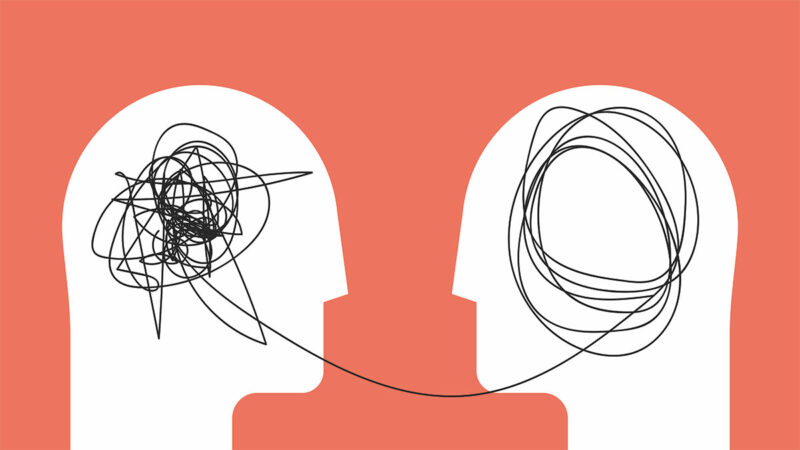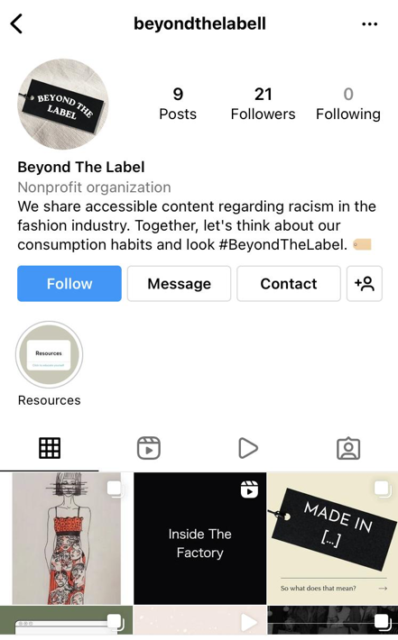Rethinking Critical Thinking: A Creative Approach
Clarisse Boutin
Nowadays, critical thinking seems to be king. Those two words have been used time and time again in education, psychology, philosophy and in our common vocabulary to describe something one should put into practice and strive towards. Indeed, most schools and other institutions value critical thinking and see it as a good thing, but, in recent years, many have come to ask themselves: “is it? Is it good for us? Is it good for everyone?” (Finn 2015, xi) Personally, I think critical thinking is a bit overrated. I mean, it certainly is important, but it also isn’t the only way to learn or to solve problems. Indeed, there is another approach that, when combined with critical thinking, leads to so many more opportunities (and I mean like… infinite opportunities). This approach is what we call creative thinking.
First, let’s define critical and creative thinking with a fun example. Let’s say knowledge is like a vast territory that goes on for miles and miles with forests and rivers and mountains. Critical thinking would then be the roads and the train tracks that allow you to get from one place to the other; it’s what allows you to connect one information to another and assess a situation. Now as for creative thinking, it’s like wandering in that wild and unknown territory entirely by yourself, exploring if you will; coming up with new ideas and predicting things that have never happened before. Relying on only one or the other is not a sustainable or efficient way to learn and solve problems. It’s when you combine the two, that you get the most out of it!

You’re probably thinking this sounds good in theory, but are wondering how to use creative thinking to improve your critical thinking skills. Well, I’m glad you asked! In fact, there are a series of creative thinking tools that are great when it comes to solving problems. Here are some of them:
1. Dimensional Thinking
Dimensional thinking is the idea that bigger isn’t necessarily better depending on what you’re doing. It “involves moving from 2-D to 3-D or vice versa; mapping, or transforming information provided in one set of dimensions to another set; scaling, or altering the proportions of an object or process […] and conceptualizing dimensions beyond space and time as we know them.” (Root-Bernstein and Root-Bernstein 2001, 204) Summed up, dimensional thinking is looking at a problem and trying to play with its common scale.

If you are working on a project and are trying to make it better, you might want to ask yourself: what would this idea look like if it was much bigger or smaller, if there were unlimited resources and time or none at all? By playing with the common scale of a project, you find new, creative ways to get your point across.
2. Analogizing
Another creative and design thinking tool we can use is analogies. An analogy “refers to a functional resemblance between things that are otherwise unlike” (Root-Bernstein and Root-Bernstein 2001, 137). By identifying an essential trait and finding other things that share this characteristic, we can find links between two seemingly unrelated things and arrive at interesting conclusions. For instance, medical engineers turned to amusement parks when designing MRI machines destined to be used by kids: while both rollercoasters and MRIs are complicated machines that can cause fear, the first experience is seen as fun and thrilling (proof is people actually pay to do it!) while the other is outright terrifying for many. Thus, to better adapt their machines, MRI designers decided to decorate the inside of their machines in a way that resembles a theme park ride resulting in a patient satisfaction score of 90%. As seen here, the best way to use analogies when trying to solve a problem is to find the thing that is most far-fetched from your idea/project and create links between the two that you might have never uncovered otherwise.
3. Empathizing
Odds are, you’re familiar with empathy. We all empathize with others on a daily basis whether it be comforting our friends, trying to understand another’s point of view in a debate or even watching a really sad movie. When it comes to creativity, empathy is an important part of many artists’ creative processes. But what if you’re not a professional artist? What if you’re not trying to invent a character on paper, to crawl into their skin and perform in a scene, or to create a portrait that encompasses all the overwhelming emotions you feel? Well, you can still use empathy in whatever project you’re working on. When designing your project, try to make a list of the people you would need to empathize with for your project to be successful.

As a part of my Humanities class, my team and I created an Instagram page aimed to inform and educate people on racism in the fashion industry. We then thought about our target audience and the different marginals that it includes (regular consumers as well as shopaholics). We imagined how garment workers, avid consumers and underrepresented POC models would react to our project in order to find a way to initiate a positive reaction in all of them, no matter their differences. We also tried to place Instagram users in the shoes of those who were discriminated against such as garment workers. In one of the videos we posted to our page, we tried to replicate what it’s like to work in such atrocious conditions by adding the sound of heavy machinery and images of the factories. Therefore, by empathizing, we were able to broaden our perspective on the issue and create a project that can accommodate all consumers.

These are just a few of the many creative thinking tools that can help you solve a problem in ways that critical thinking simply cannot. Considering this, it’s no wonder many have begun to question the efficiency of our current teaching approach. By limiting ourselves to only critical thinking, we’re missing out on all of the opportunities that arise when we think creatively. As summed up by Beyer, in their book on the teaching of thinking:
“Whereas creative thinking is divergent, critical thinking is convergent; whereas creative thinking tries to create something new, critical thinking seeks to assess worth or validity in something that exists; whereas creative thinking is carried on by violating accepted principles, critical thinking is carried on by applying accepted principles. Although creative and critical thinking may very well be different sides of the same coin they are not identical.” (qtd. in Baker et al.)
Works Cited
Finn, Patrick. Critical Condition. EPub ed., Amsterdam University Press, 2015.
Root-Bernstein, Robert, and Michele Root-Bernstein. Sparks of Genius: The Thirteen Thinking Tools of the World’s Most Creative People. EPub ed., HarperOne, 2001.
Baker, Matt, et al. “Relationships between Critical and Creative Thinking.” Journal of Southern Agricultural Education Research, vol. 51, no. 1, 2001



